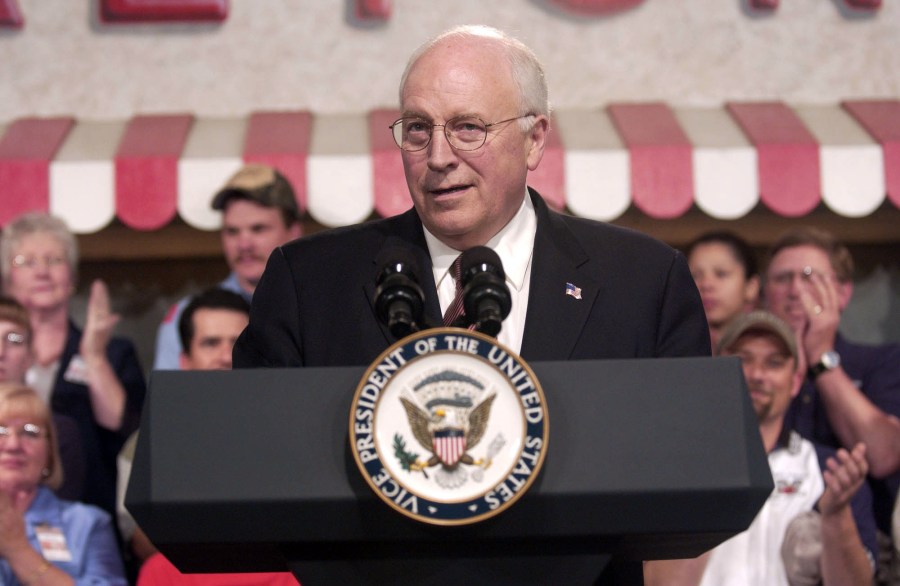New York City’s public housing authority has made significant changes to its housing allocation system, prioritizing tenants escaping domestic violence. This reform comes after years of backlogs and extensive waiting periods for those in need of urgent relocation.
Previously, tenants fleeing abuse faced an average wait time of approximately 800 days for a transfer to a safer home, even after their applications were approved. As of fall 2024, around 2,000 households were on the waiting list due to domestic violence, according to an analysis by Legal Services NYC. Under the old system, these requests were given low priority, trailing behind other transfer requests, such as those from tenants commuting over 90 minutes to work.
New Guidelines Offer Hope for Survivors
The newly approved plan, which received final authorization last month, reclassifies domestic violence-related transfers as “emergency transfers.” This change places these requests on the same priority level as those for tenants with disabilities and those requiring specific medical accommodations. A spokesperson for NYCHA confirmed that this update aligns domestic violence transfers with other urgent housing needs, with implementation expected by the end of March 2024.
Luis Henriquez, director of litigation at Manhattan Legal Services and one of the report’s authors, described the decision as a positive step. However, he emphasized that the new guidelines still do not fully comply with federal laws, which mandate that those fleeing domestic violence receive equal priority to tenants needing to move due to unsafe living conditions. Under the revised rules, “emergency transfers” must still wait behind tenants returning to their original apartments and those relocating due to renovations.
Calls for Further Action and Transparency
Advocates, including Henriquez, have urged NYCHA to enhance its support for survivors by hiring a coordinator specifically to assist those escaping abusive situations. They also recommend expanding transfer options, such as simplifying access to Section 8 vouchers. Despite these recommendations, there has been little indication that the housing authority has taken action on these proposals.
Additionally, advocates are pressing NYCHA to better utilize its available housing stock. As reported in the latest Mayor’s Management Report, there were 6,451 vacant units last fiscal year, an increase of nearly 900 since the previous year. This figure does not account for an additional 1,800 units that are currently being converted from public housing to Section 8-style programs for repairs.
A spokesperson for NYCHA has yet to respond to inquiries regarding the authority’s vacancy rate and the decision-making processes related to the new housing system. The changes, while welcomed by many, underscore the ongoing need for comprehensive solutions to support vulnerable tenants within New York City’s public housing landscape.







